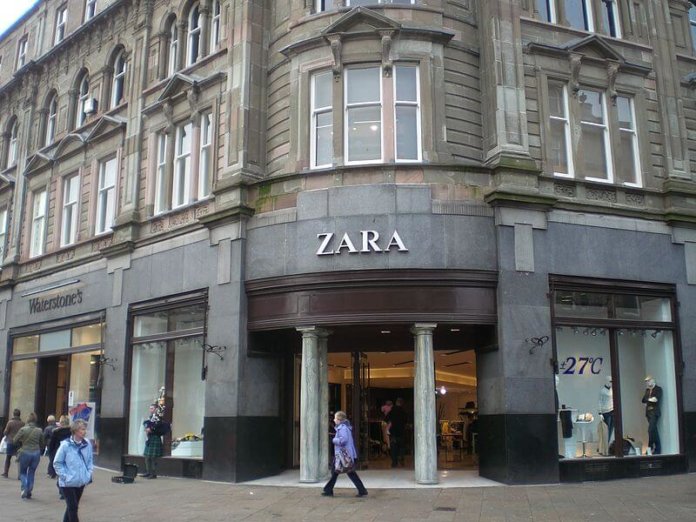
As the richest man in Europe, the story of Spanish fashion entrepreneur Amancio Ortega is one that many are anxious to hear. However, firsthand accounts from the man who founded Zara and now owns a suite of elite fashion retail chains are rare. In fact, both he and his family are notorious for refusing to give public interviews to the press and keeping a private, low-key lifestyle.
Independent accounts, stories from the company, and the extremely rare interviews he has granted paint the picture of a man dedicated both to his hometown and business, travelling to Zara’s parent company headquarters in Artexio, Spain every day, even after stepping down as chairman in 2012. He still eats lunch in the company cafeteria and works amongst his employees. The humble leadership style of Ortega belies a shrewd businessman and the unique approach that turned the fashion retail world on its head.
Born into Poverty
Amancio Ortega’s rise is a true rags-to-riches story. Born to poverty in 1936 as the son of a railway worker, as described in his biography, there was one story that had a lasting effect on him growing up: One day, he went to the store with his mother, only to overhear someone tell her, “Senora… we can’t give you any more credit.” This was a deeply emotional and embarrassing moment for the young Amancio. At that point, he resolved to never let his family suffer poverty again, left school, and began working at a shirt shop.
After managing sewing cooperatives in Galicia, Amancio Ortega finally set out on his own in 1963, founding Confecciones GOA, S.A., a precursor to Zara. The venture was a family business from the start, with his brother handling commercial issues, his sister working on bookkeeping, and his first wife Roselia Mera as a business partner.
The Birth of Zara Fast Fashion
The Zara name came around from a name change for his first storefront in La Coruña, originally called Zorba. Founded in 1975, the company was the embodiment of Ortega’s vision that emphasised speed, something that was lacking in the retail fashion industry. At the time, it was commonplace for shops to take months before stocking the latest fashion pieces that customers were looking for. By the time new items hit the shelves, customers were already interested in something else. To combat this phenomenon, Ortega initiated what later became known as “fast fashion”.
Two of the hallmarks of Zara’s fast fashion operation are changing stock twice a week and ensuring that orders always arrive within 48 hours. This second attribute was the golden rule that Ortega implemented in the 1970’s to great effect. One reason that this quick reaction time was possible is that unlike many other retail companies who manufactured their textiles in South Asia, the bulk of products from Zara and its sister brands were and still are manufactured in Portugal, Spain, Turkey, and Morocco – within a stone’s throw from Zara’s home market Europe.
Berenberg analyst Michelle Wilson describes this as a “pull model from the consumer rather than pushing the product onto the consumer.” This speed is not only found in the logistics process, but also in the brand’s design stage. A Zara factory has hundreds of designers and sales analysts working together on an open-stage floor. Because the principles of delivery speed and a customer-centric approach are key, the commercial experts can rapidly plan and produce the latest fashion styles.
Amancio Ortega and Zara Today
Amancio Ortega’s emphasis on speed not only turned the fashion retail industry on its head but also brought him great financial success. As of 2015, Zara’s holding company Inditex brought in $19.67 billion in annual sales and was employing over 137,054 people in 6,683 stores. Although Zara is its flagship brand, Inditex also benefits from its trendy subsidiaries like Pull & Bear and Massimo Dutti. The success of Inditex and Ortega’s ownership of the company is so high that market fluctuations have given Ortega two stints as the richest man in the world, if only for a few hours in October of 2015 and two days in September 2016.
In spite of this success, Amancio Ortega does not plan to rest on his laurels, working every day even in his 80’s, driven by the belief that one should never stop innovating. “Complacency is the worst,” he told a group of business professors in 2007. “I never allow myself to be content with what I have done, and I have always tried to instill this in everyone around me.”









